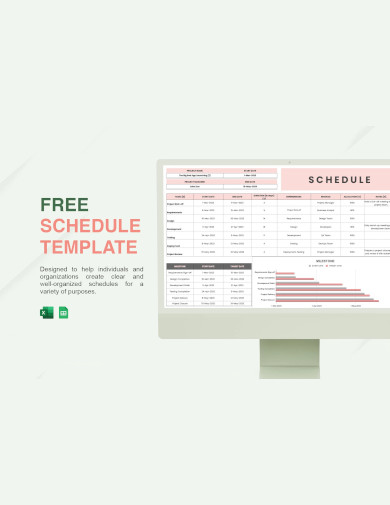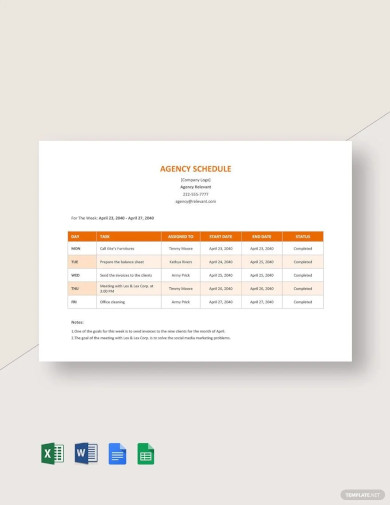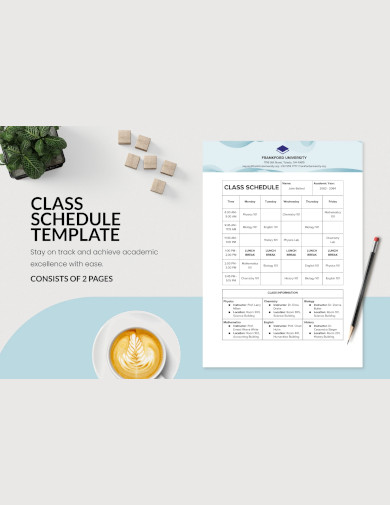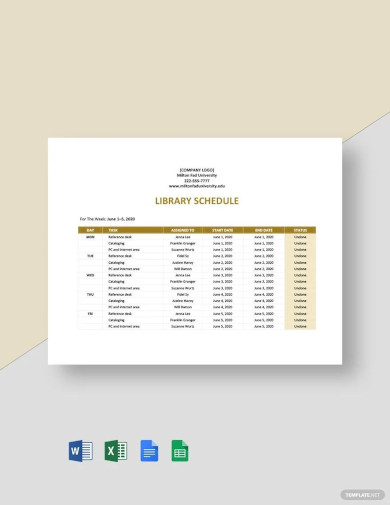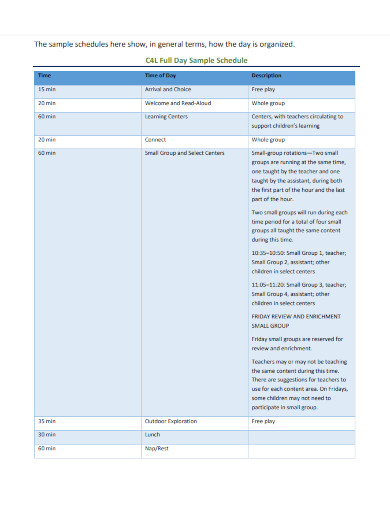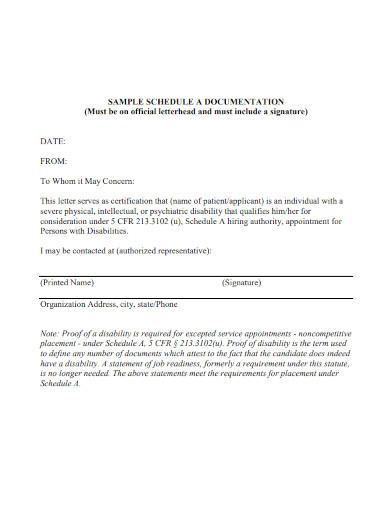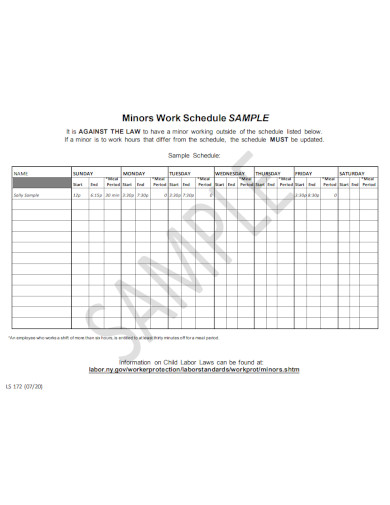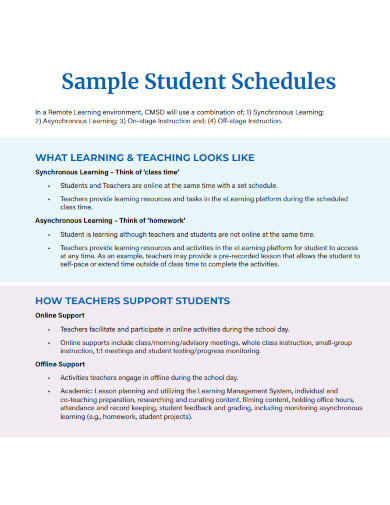How do you Create a Schedule?
Creating a schedule involves thoughtful planning and organization. Here’s a step-by-step guide to help you craft an effective schedule:
1. Set Clear Goals:
Clearly define your short-term and long-term goals. Your schedule should align with these objectives.
2. Prioritize Tasks:
Identify tasks based on urgency and importance. Prioritize high-priority tasks to ensure they receive adequate attention.
3. Allocate Time Blocks:
Break your day into time blocks. Assign specific tasks or categories to each block, considering your peak productivity hours.
4. Include Breaks:
Factor in short breaks to avoid burnout. Regular pauses can enhance focus and overall well-being.
5. Be Realistic:
Set achievable goals and allocate realistic timeframes for tasks. Avoid overloading your schedule to prevent stress.
6. Utilize Tools:
Leverage scheduling tools or apps to streamline the process. Printable Calendar apps can help you stay organized and on track.
7. Include Buffer Time:
Allow for buffer time between tasks to accommodate unexpected delays or transitions.
8. Review and Adjust:
Regularly review your schedule to assess its effectiveness. Adjust as needed to accommodate changes in priorities or responsibilities.
9. Account for Personal Time:
Don’t forget to allocate time for personal activities, hobbies, and relaxation. A well-rounded schedule considers both work and personal life.
10. Stay Flexible:
Life is unpredictable. Be flexible and open to adjustments. Adapt your schedule as circumstances change.
How do I make a Simple Work Schedule?
Creating a simple work schedule involves breaking down your tasks and allocating time efficiently. Here’s a straightforward guide to help you make a basic work schedule:
1. List Your Tasks:
Identify all the tasks you need to accomplish. This could include work-related assignments, meetings, and any other responsibilities.
2. Prioritize Tasks:
Determine the priority of each task. Focus on high-priority items that contribute significantly to your goals.
3. Allocate Time Blocks:
Divide your day into time blocks, typically hourly. Assign specific tasks to each block based on their priority and time requirements.
4. Consider Your Peak Productivity:
Schedule important or challenging tasks during your peak productivity hours. This is usually when you feel most alert and focused.
5. Include Breaks:
Remember to incorporate short breaks between tasks to avoid burnout and maintain focus.
6. Use a Calendar or Planner:
Utilize a physical planner or digital calendar to visualize your schedule. This makes it easier to track and manage your time.
7. Set Realistic Goals:
Be realistic about what you can accomplish in a day. Avoid overloading your schedule, which can lead to stress and decreased productivity.
8. Review and Adjust Regularly:
Periodically review your schedule to ensure it aligns with your goals. Make adjustments as needed to accommodate changes in priorities or deadlines.
9. Communicate Your Schedule:
If applicable, communicate your schedule with colleagues or team members. This fosters transparency and helps manage expectations.
10. Test and Iterate:
Experiment with different schedule formats to find what works best for you. Everyone’s work style is different, so tailor your schedule to your preferences.
How to Prepare Sample Schedule Template?
1. Determine Time Frame:
Decide on the time frame your template will cover. Whether it’s a daily, weekly, or monthly schedule, define the duration.
2. Create a Spreadsheet or Document:
Use a spreadsheet tool like Microsoft Excel or Google Sheets, or a sample document editor like Microsoft Word or Google Docs to create your template.
3. Set Up Rows and Columns:
For a weekly schedule, create seven columns for each day of the week. For a daily schedule, you might need fewer columns. Use rows for different time slots.
4. Label Days and Hours:
Label the columns with the days of the week and the rows with specific time slots (e.g., 9:00 AM – 10:00 AM).
5. Designate Task Categories:
Create sections or categories for different types of tasks such as work, meetings, breaks, and personal time.
6. Color Code or Format:
Use colors or formatting to distinguish between task categories. This helps in quickly identifying and organizing activities.
7. Include Breaks and Meals:
Allocate time slots for breaks and meals. This ensures a balanced and sustainable schedule.
8. Add Task Descriptions:
Within each time block, briefly describe the task or activity to be performed. Keep descriptions clear and concise.
9. Prioritize Tasks:
Optionally, include a priority indicator (e.g., numbers or symbols) to highlight the importance of each task.
10. Utilize Formulas (if using a spreadsheet):
If using a spreadsheet, leverage formulas for automatic calculations, such as totaling the hours allocated for each task category.
11. Leave Room for Flexibility:
Allow some flexibility in your template to accommodate unexpected events or changes in priorities.
12. Include a Notes Section:
Add a section for additional notes or comments. This can be useful for providing context or specific instructions.
13. Test the Template:
Test the template for a week to see if it effectively captures your routine. Make adjustments as needed based on your actual work patterns.
14. Share or Save the Template:
Save the template in a location accessible to you. If applicable, share it with colleagues or team members for collaborative planning.
15. Regularly Update:
Update the template regularly to reflect any changes in your schedule or priorities.
How do I Use a Schedule Template?
Using a Schedule Template is simple. Fill in the designated time slots with your planned activities, categorize tasks, and follow the template to stay organized and on track.
What are the Benefits of Using a Schedule Template?
Schedule Templates provide a structured framework for organizing tasks, improving time management, and ensuring that important activities are not overlooked
In crafting the perfect SAMPLE Schedule, our guide empowers you with insights and tips for efficient time tracking management. Tailor your day to peak productivity while balancing work and personal life. With customizable templates and expert advice, achieving your goals becomes seamless. Revolutionize your routine, embrace organization, and unlock your full potential with our comprehensive how-to guide. Your journey to a more fulfilling and productive life starts here.
